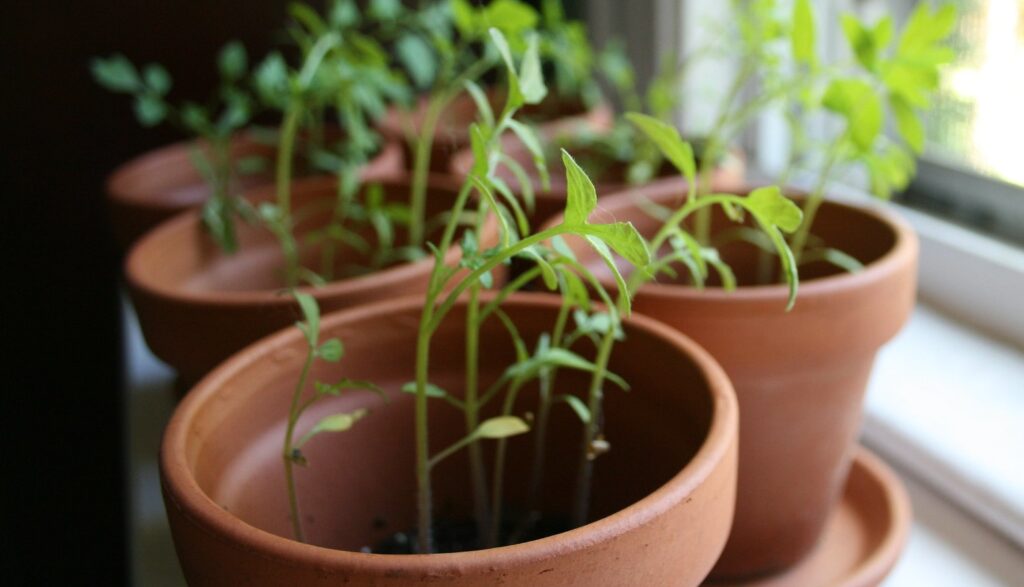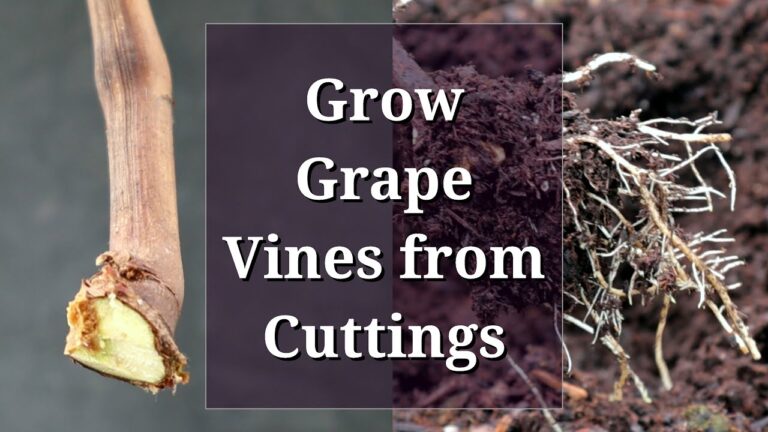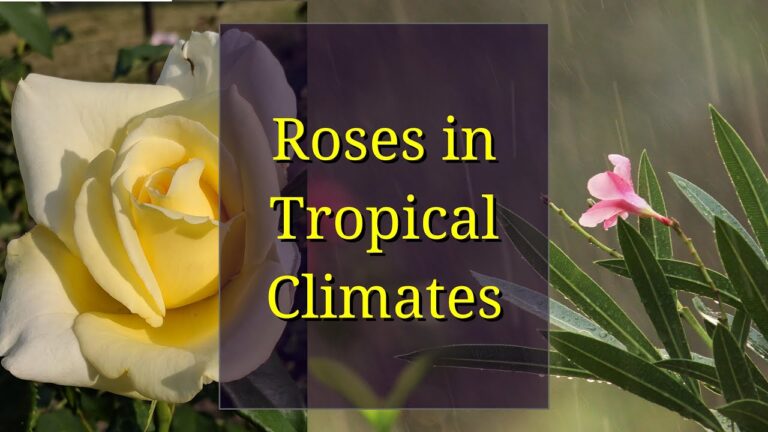For gardeners in cooler climates or those eager to jumpstart the growing season, starting seeds indoors is a powerful way to gain a head start. Whether you’re growing slow-to-mature vegetables like peppers, flowers like snapdragons, or long-season perennials, indoor seed starting can make all the difference. However, it comes with its challenges—one of the most common being leggy seedlings.
Leggy seedlings, those spindly plants with long, weak stems stretching toward light, are a frustration many gardeners face. But here’s the good news: not only can leggy seedlings often be fixed, but with the right techniques, they can also be prevented entirely. Let’s explore why this happens and how to set up your indoor seed-starting space for success.
Why Do Seedlings Become Leggy?
Leggy seedlings are usually caused by insufficient light. When seedlings don’t receive enough light intensity or duration, they stretch toward the nearest source in an effort to survive. The result? Tall, thin plants with weak stems.
While light is the primary culprit, other environmental factors can contribute to legginess:
- High Temperatures: Warm conditions can encourage rapid but weak growth.
- Poor Air Circulation: Without airflow, stems don’t develop the strength they would in natural outdoor breezes.
- High Humidity: Excessive humidity can spur on lush soft growth.

How to Prevent Leggy Seedlings
Preventing leggy seedlings starts with recreating the ideal growing conditions they would experience outdoors. This might sound complex, but small adjustments to light, temperature, and airflow can make a big difference.
1. Light: The Most Important Factor
Adequate light is the foundation of healthy seedlings. Most homes don’t offer enough natural sunlight to support strong growth, especially in early spring. That’s where grow lights come in.
Seedlings thrive with 10–12 hours of bright light per day. For the best results, place full-spectrum LED grow lights, such as the SpiderFarmer SF1000 or Mars TS600, in the range of 2 ft above the plants. Affordable alternatives like white LED shop lights also work well for small setups, even if they’re not specifically designed for plants. If you already have a reasonable amount of natural sunlight, you can use the grow lights to supplement (say 3 hours in the morning and evening when natural light is low).
Need a more detailed guide? The University of Minnesota Extension offers an excellent resource on starting seeds indoors, including how to optimize lighting, temperature, and other key factors for success. Read it here.
2. Temperature and Air Movement: Balance Is Key
Seedlings grow best within specific temperature ranges:
- Germination: Keep soil temperatures between 65–75°F (18–24°C). A heat mat can help maintain consistency.
- Post-Germination: Immediately cooler air temperatures (60–70°F / 15–20°C) reduce the risk of stretching. If practical, you can even gradually reduce room temperatures to prepare for hardening off.
To strengthen stems, replicate outdoor breezes by using a small fan near your seedlings. A gentle airflow encourages sturdier growth while reducing the risk of fungal diseases like damping-off.
3. Watering and Humidity: Moderation Matters
While seeds germinate best in high humidity, seedlings prefer a more balanced environment.
- Humidity: Ensure good ventilation as seedlings grow to avoid overly damp conditions.
- Watering: Let the top layer of soil dry slightly between waterings to prevent root rot.
Overwatering weakens roots and stems, while underwatering stresses seedlings. Strike a balance by watering consistently but sparingly.
4. Nutrients: Feeding with Care
Once seedlings develop their first set of true leaves, begin feeding them with a diluted liquid fertilizer. Be cautious not to overdo it, as excessive fertilizer can lead to rapid, weak growth. A gentle approach ensures your plants grow strong and healthy.
How to Fix Leggy Seedlings
Already dealing with leggy seedlings? Don’t worry—it’s not too late to help them thrive:
- Increase Light: Place seedlings under bright supplemental lights immediately, keeping the light close (2–4 inches above) and adjusting as they grow.
- Repot Deeply: When transplanting, bury the stretched stems deeper in the soil. Plants like tomatoes will grow roots along buried stems, improving their stability.
- Tweak the Environment: Lower temperatures slightly, increase airflow, and monitor watering to reduce further stress.
Jason from Fraser Valley Rose Farm demonstrates these techniques in a helpful video, showing how to recover even the most leggy tomato seedlings. You can watch the video here.
When to Start Seeds Indoors (and When to Direct Sow)
Not all plants benefit from an indoor head start. Cool-season crops like peas and radishes can be sown directly outdoors, as can root vegetables like carrots and beans that dislike transplanting.
However, slow-growing or long-season crops—such as hot peppers, eggplants, and snapdragons—benefit greatly from indoor seed starting. These plants gain critical growing time, allowing them to thrive when transplanted outside in warmer weather.
A Personal Note on Getting It Right
Starting seeds indoors can feel like a balancing act, but it’s also one of the most rewarding parts of gardening. Mistakes, whether it’s leggy seedlings or overwatering, are part of the learning process. With the right adjustments, your seedlings will grow stronger and healthier, setting the stage for a successful garden.
By focusing on proper lighting, balanced temperatures, and attentive care, you’ll see the payoff when those seedlings are finally ready for the garden. After all, every gardener knows that strong starts lead to thriving plants.



